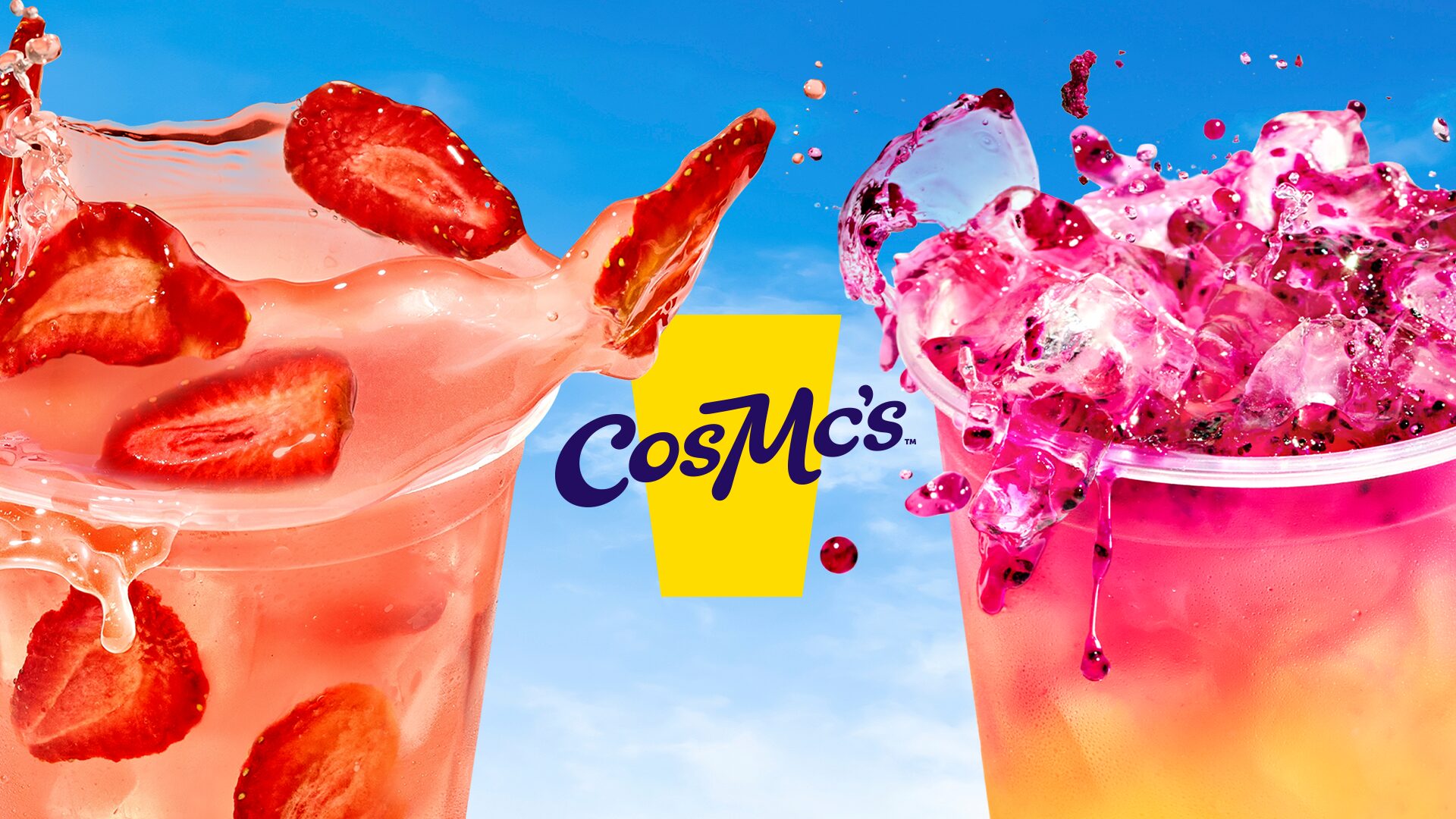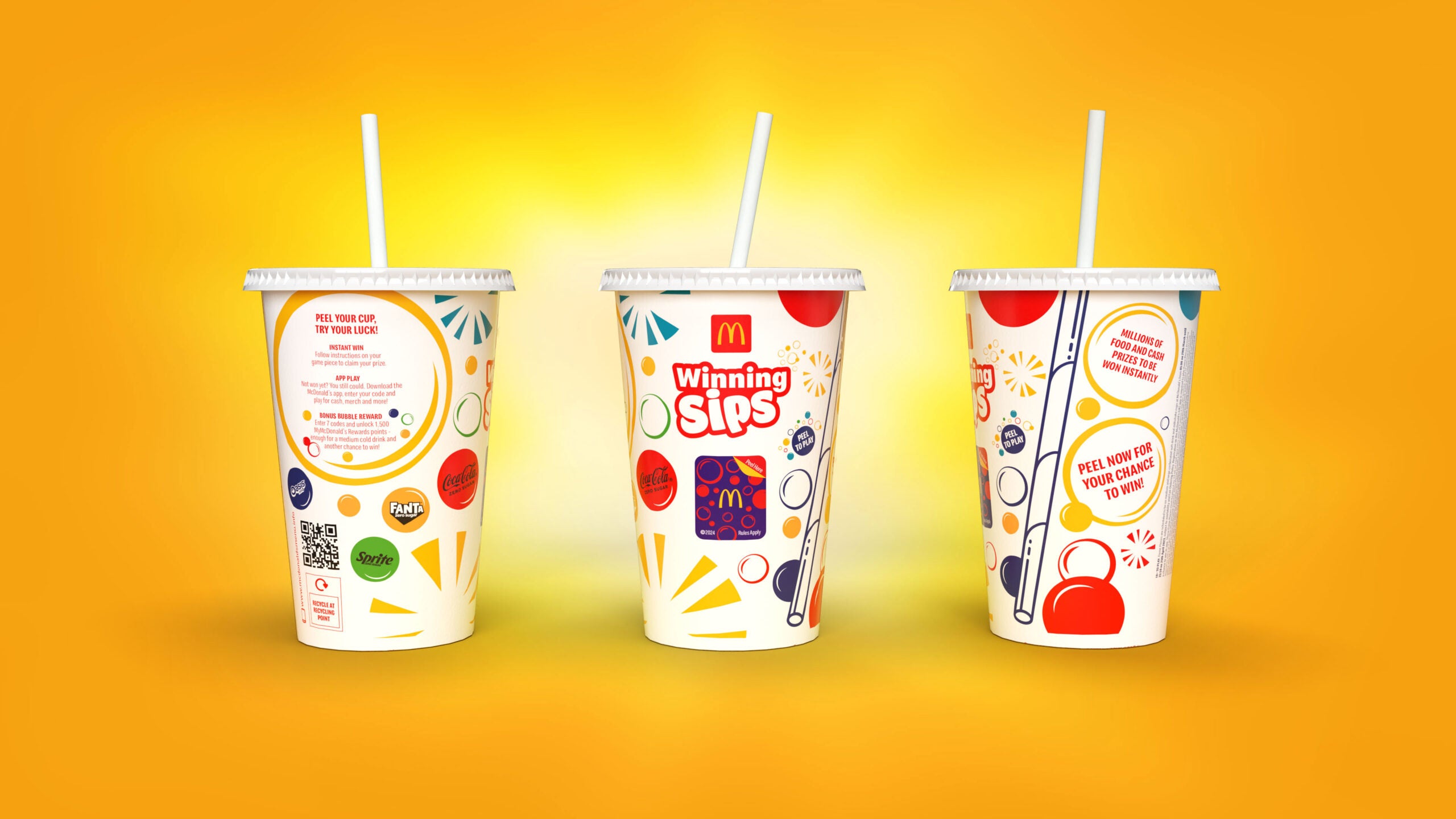How one agency is marketing in the age of the ‘Digital Experience’


Digital marketing used to be just a blip on a company’s radar.
“In 2006, when I started working in marketing, digital strategy was becoming more important but it wasn’t a focus yet,” said Jim Higgins, a senior vice president at tms (formerly The Marketing Store), a global customer engagement agency.
In the years since, brands have replaced passive marketing tactics like mailers and TV with digital-driven experiences like social media and chatbots that call upon user participation and yield measurable ROI data.
“Digital marketing is no longer about checking a box so that brands can say they are doing something digital,” Higgins said. “Now, it’s about how they can lead with digital technology.”
To accommodate the evolving needs of their clients, marketing agencies have undergone digital transformations of their own.
For example, tms (formerly The Marketing Store) has established a formal UX practice in recent years, doubled its data team and brought technology development in-house to redirect its focus toward digital campaign creation.
“In the past, our clients were primarily concerned with getting more eyeballs on their brand,” Higgins said. “Now we partner with them to solve their actual business problems.”
Higgins and his colleagues Shivian Morgan, a UX design lead, and Wendy Cotto, a senior director of analytics, walked Built In Chicago through how they continue to equip for a digital-forward future.
What does having a ‘digital focus’ mean to your clients?
Higgins: It means different things to different clients. For many brands, “digital” starts and stops with digital advertising. For other brands, their focus has gone further as they look to provide value and convenience through digital tools, like mobile offers at McDonald’s or T-Mobile’s customer appreciation app. At tms (formerly The Marketing Store), we help our clients deliver that value, but we also push to go beyond the functional, utilitarian relationship and try to find ways for brands to connect on a more emotional, engaged level while also inspiring their customers to take meaningful actions that drive the business.
Cotto: From a data and measurement perspective, having a digital focus means that we can track consumer behaviors in a more real-time way to optimize or enhance their client experience. This allows our team to come up with ideas and recommendations based on data we have access to. It’s been an evolution on our clients’ side and our own as we’ve built a team to support and drive those conversations.
How have tms’s (formerly The Marketing Store’s) processes changed as the company moved toward a digital-heavy approach?
Higgins: When I started in 2006, digital strategy was becoming more important but it wasn’t a focus yet. We had a small team of people that managed our outside partners to deliver the digital aspects of our clients’ programs. Now, we built a team of experts in-house to lead in creating solutions. As we’ve transformed, we’ve also begun to proactively identify products, feature sets and business models that will address our clients’ business challenges instead of waiting for our clients to bring these challenges to us.
Cotto: Last year, we doubled our analytics team to be a more data-led organization. If we’re approaching a new program or campaign, we evaluate how we can inform creative, strategy and UX to give them a jumping-off point based on historical data. We’re also in touch with our clients more frequently and at different points in the process, whereas before we were more on the back end.
Morgan: The technologies and the pace at which we’re building require our teams to be incredibly nimble, and it also requires our clients to trust us. We take them with us on a journey of explanation and understanding to make sure they know the what and the why behind our technical decisions.
Can you walk us through one of tms’s (formerly The Marketing Store’s) recent campaigns that delivered a digital experience?
Higgins: When our client McDonald’s signed a Happy Meal alliance with Disney, we convinced McDonald’s to enhance the total value of the Happy Meal and broader family experience. Throughout the campaign, we paired five major Disney film releases with digital experiences directed at the whole family. For Avengers: Endgame, this included visiting the McDonald’s mobile app to scan and collect icons that would allow users to build the ultimate Avengers team. Toy Story 4’s included arcade-style tickets that users could scan for a chance to win prizes or earn points to spend in a digital reward store.
What were some of the challenges and key takeaways from this?
Higgins: We were running program after program, and we wanted to make sure that there wasn’t fatigue, which we see in promotions after a few weeks. We worked closely with Wendy’s team to understand from a data perspective what people were and weren’t interested in, and with Shivian’s team to develop and iterate on features to keep people coming back.
Cotto: When the campaign ended, we pulled together a playbook of best practices that will inform our future work. We worked as close to real time as we could last year to ensure we delivered the information to the right people at the right time. Now we have those learnings compiled into a place where we’re able to share that out internally to inform our next campaign.
What do you see as the next big trend in digital marketing?
Higgins: We’re getting more connected to customers through mobile experiences, and now it’s about connecting with people through a much wider mix of channels, including smart devices in the home and even the car. We’re leaning on our research practice to understand how people’s preferences are changing on how and when they want to interact with brands. What may have been considered intrusive in the past might not be considered so anymore, especially right now as people are discovering new approaches to stay connected.
Morgan: With the evolution of 5G, we’re going to have broadband speeds on our mobile devices. That, plus the fact that our mobile devices can process rich 3D immersive environments or stream it, means that we’re going to be able to do all kinds of immersive, in-depth experiences that we’ve never been able to do before.
Originally published on Built In Chicago here.
Trending



